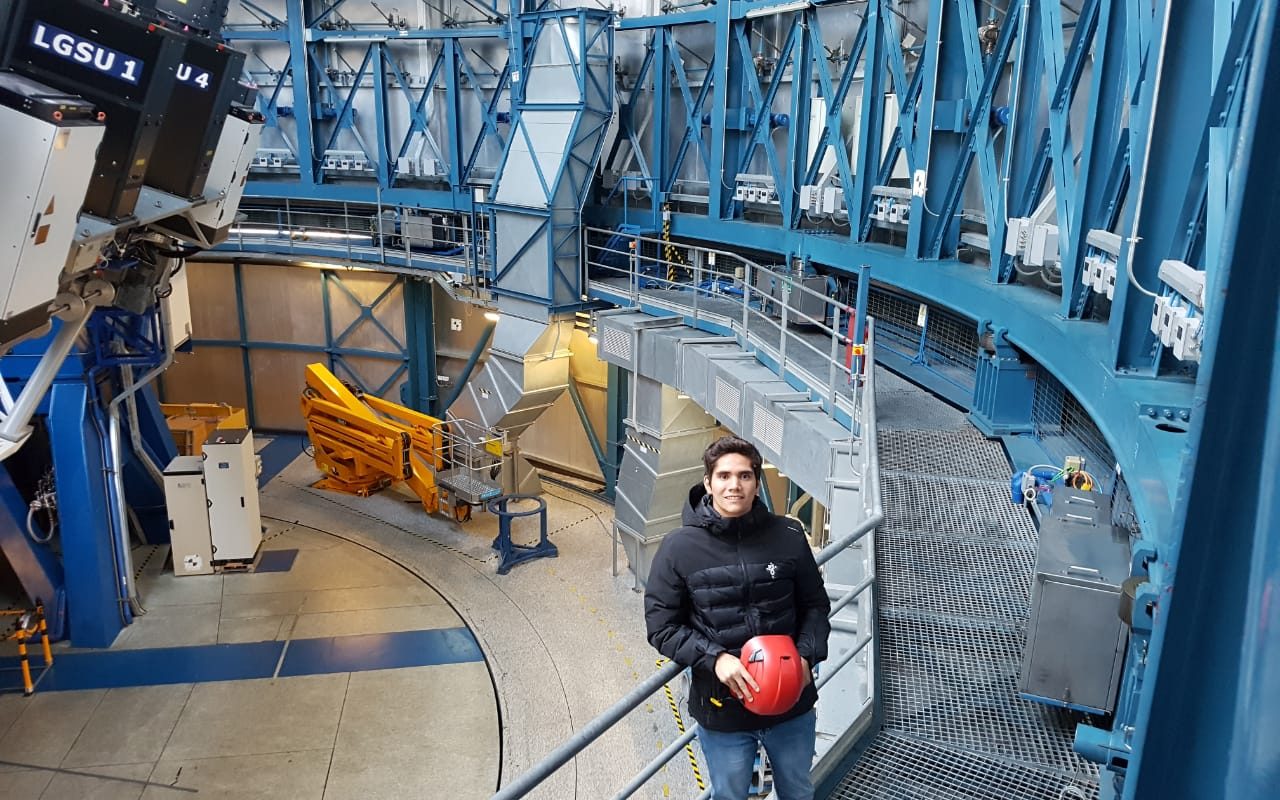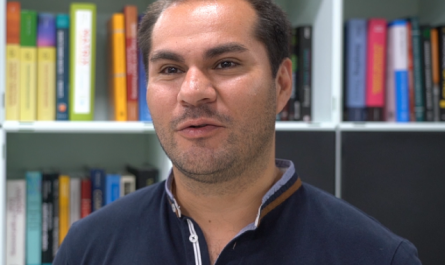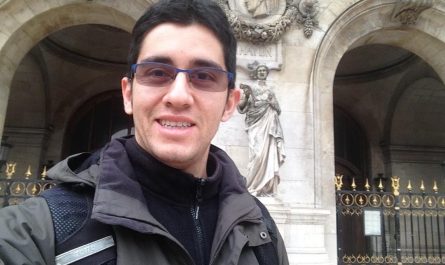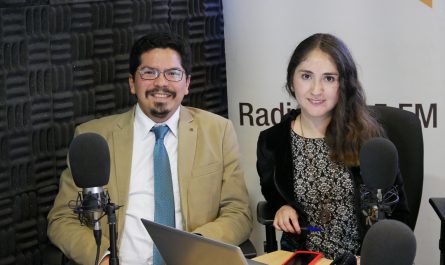Pablo Olguín, student of sixth year of Electronic Civil Engineering and student of the Master program of Engineering Sciences, with mention on Electric Engineering, is doing his internship at the European Southern Observatory (ESO), an astronomical research complex, leader of its kind, which is located in Paranal hill, 120 kilometers south of the city of Antofagasta, in the Antofagasta region.
Olguín, who also works as an investigation assistant in the optoelectronics laboratory of the School of Electrical Engineering (SEE), commented that part of the decision of making the internship on that organization lies in his personal interest in dedicating himself to work in something related to optoelectronics, an area that is strongly reflected in the instrumentation development that supports the astronomical activities both in our country and international.
As usual, every summer and winter the ESO makes its projects list known, which can count with the support of the students during the final stage of their academic-professional formation, according to Juan Osorio, electronic civil engineer who works within the maintenance team of the observatory, as well as supervising Olguín during his work.
“A selection is made (…) usually the level of the students is very, very high. In the case of Pablo (Olguín), he will participate in the development of the prototype of a thermographic camera that allows to make diagnostics on the inside of the telescopes, a work that will have a shifts system in a two month extension, which involves eight days of work and six of rest”, he explained.
Expectations
The Dr. Esteban Vera, academic and researcher of the optoelectronics laboratory of the School, who knows about the facilities of the observatory, commented that the student will be immersed in a fantastic opportunity, to generate bonds of trust as well as a job in the future:
“With the opening of the giants telescopes there are going to be so many job opportunities. For that reason, we need to prepare the students. There for, from our laboratory, we have committed to prepare the students for all that is working with light, which is basically the technologies of the future. Remember that the telescopes help us to see the past, but also will allow us to see our future”, he said.
Lets remember that the internship is part of the current curriculum in the careers taught by the School, and in the case of Electronic Civil Engineering its “situated externally from the curriculum, although it is required a milestone for the students to obtain the
professional title”, as Francisco Alsonso deepened, Head of the Teaching at ECE:
“The practices can be done in two ways: one stay of two months, or two; each one for one month, according to the flexibility we have given to the students in their plan of studies. If they choose the second option, the first one is more focused on the technical aspect and the second more oriented on the management side. Subsequently, the exit report is delivered, in which the details of the performed activities are given so that the student finally has the grade associated with the process”, he explained.
Finally, Olguín hopes that the experience allows him to “know how is the work like there, in order to establish himself in this field in the future. I have been told that there are a lot of projects in development. My expectations are to learn and to create bonds with the professionals”.
For more information you can visit the official website of the European Southern Observatory (ESO).





